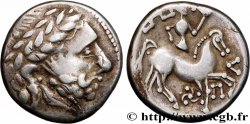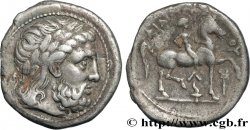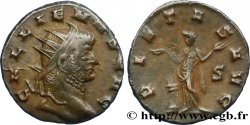v59_0044 - CELTI DEL DANUVIO Tétradrachme “Dreieckhals”
MONNAIES 59 (2013)
起拍价 : 450.00 €
估价 : 750.00 €
竞价记录 : 990.00 €
出价数量 : 4
最高出价 : 1 800.00 €
起拍价 : 450.00 €
估价 : 750.00 €
竞价记录 : 990.00 €
出价数量 : 4
最高出价 : 1 800.00 €
种类 Tétradrachme “Dreieckhals”
日期: c. IIe-Ier siècles AC.
铸币厂名称/城市 Atelier indéterminé
材质 silver
直径 24 mm
模子方针 9 h.
重量 11,55 g.
稀少度 R3
关于品相的说明
Exemplaire sur un flan ovale et bombé bien centré des deux côtés. Très belle tête de Zeus au droite, stylisée et expressive. Revers bien venu à la frappe, stylisé, mais pas encore désarticulé. Très jolie patine de collection ancienne avec des reflets mordorés
家谱
Cet exemplaire provient de la collection du docteur Thierry de Craeker
正面
正面的文字 ANÉPIGRAPHE.
正面的说明书 Tête barbue et laurée de Zeus à droite stylisé, la barbe et le diadème formé de lignes perlées.
背面
背面的文字 ANÉPIGRAPHE.
背面的说明书 Cheval galopant à gauche, stylisé, la tête triangulaire, les jambes formées par des globules, surmonté d’un astre perlé et centré d’un globule.
评论
Mêmes coins que l’exemplaire de Kelten im Osten (p. 119, n° 664). C’est la première fois que nous proposons ce type à la vente qui semble beaucoup plus rare que ne le laissent supposer les ouvrages généraux.
Same corners as the copy from Kelten im Osten (p. 119, no. 664). This is the first time we have offered this type for sale, which seems much rarer than general works suggest.
Same corners as the copy from Kelten im Osten (p. 119, no. 664). This is the first time we have offered this type for sale, which seems much rarer than general works suggest.







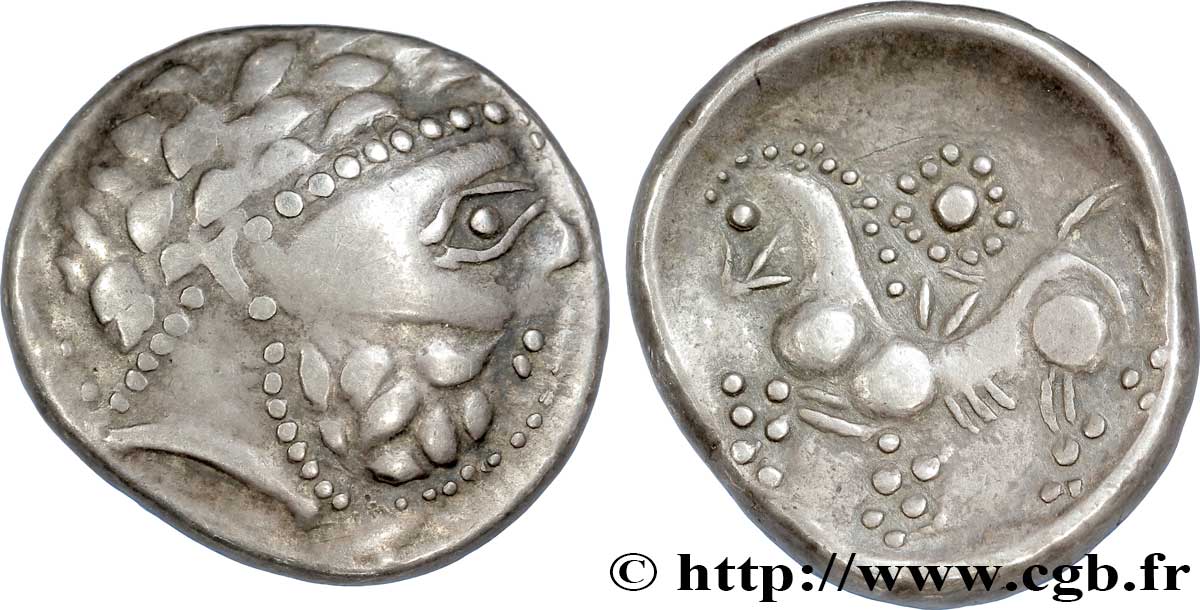
 对产品描述纠错
对产品描述纠错 打印
打印 分享我的选择
分享我的选择 提问
提问 Consign / sell
Consign / sell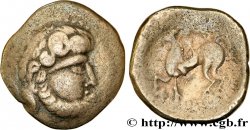
 产品介绍
产品介绍